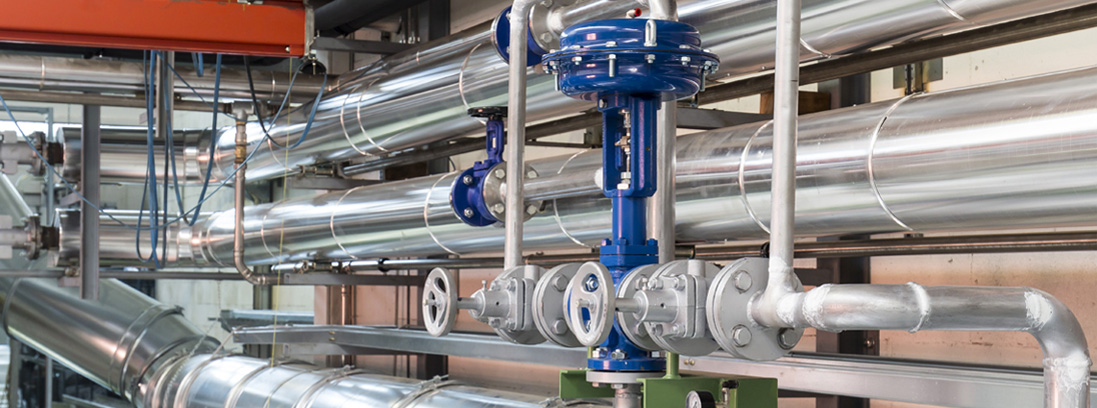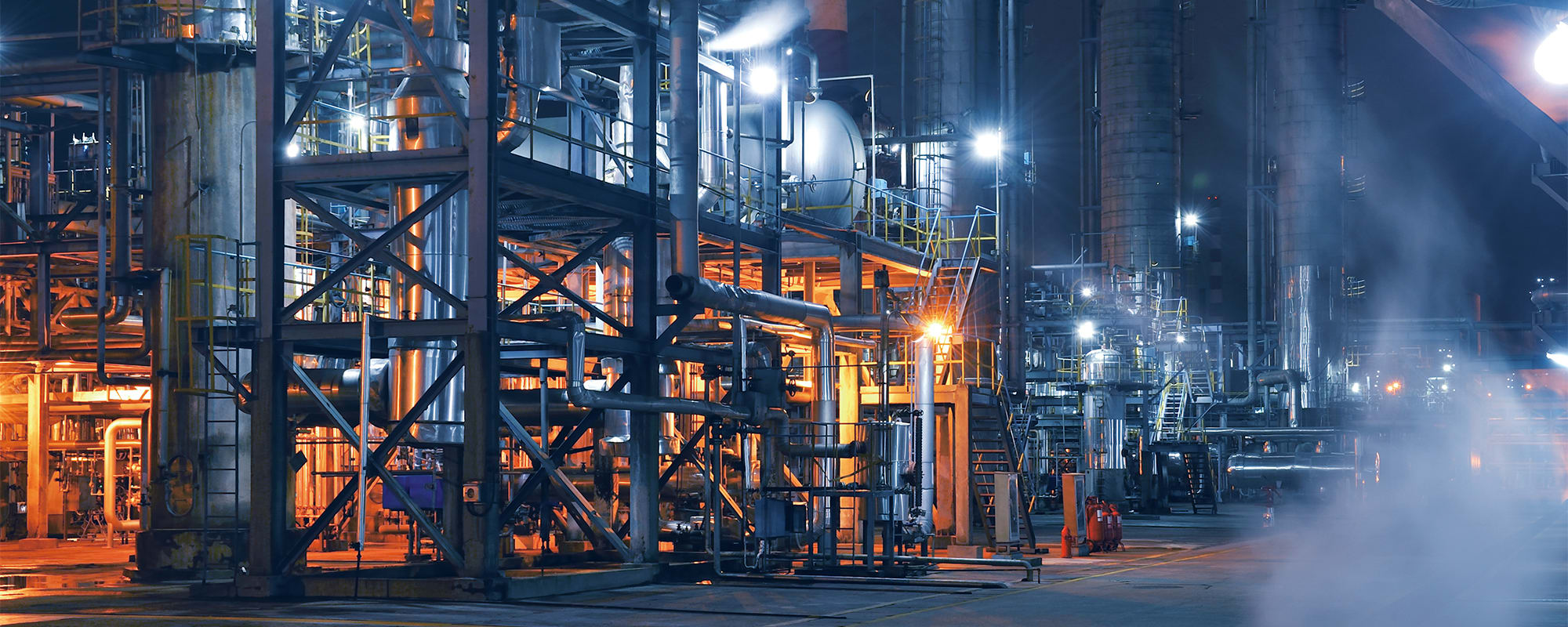Today’s industrial landscape is outfitted with complex networks of air systems. These systems use air as a fluid and gas to actuate valves, switches, brakes, mechanical devices, and other components used to sense, relay and drive modern industrial automation and control systems. Pneumatic systems are used to automate various pieces of machinery and equipment vital to a wide array of industries. Such systems are becoming more important as the Industrial Internet of Things (IIoT) embraces global industrial plants and machinery to gain greater efficiency. Pneumatic systems are an integral and valuable part of many different industrial systems throughout the world.
Pneumatics 101
Air is a working fluid that gains its energy when it is mechanically compressed. In its compressed state, air may be stored as a fluid in portable cylinders or stationary reservoirs. It may also be released; passed through valves, nozzles, and orifice plates; or used to perform other functions.
Pneumatic systems are designed to operate at a specified pressure – and sometimes temperature and moisture – level to meet performance specifications. Air compressors and other components are outfitted with filtration, solenoid valves, actuators, motors, pumps, sensors and other devices to achieve these performance specifications.
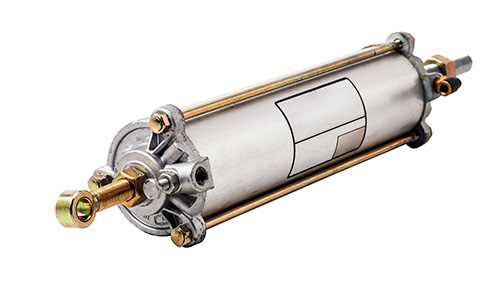
As a working fluid in a gaseous state, air is commonly compressed and stored as potential energy. Then, through pneumatic fittings, valves, orifices, and pressure regulation, it is released as kinetic energy and then transmits power to mechanical devices such as actuators. Actuators mechanically move objects, open and close valves, perform braking functions and help machines and equipment operate and perform many different functions within an industrial environment.
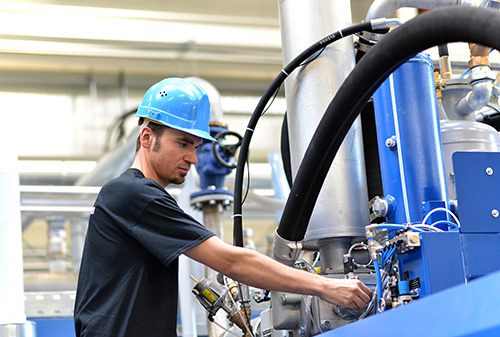
The Value of Pneumatics
Pneumatic systems have become even more important as IIoT has become an effective means of monitoring and controlling industrial operations. Using air in an IIoT control system enables versatility and saves space, while being relatively safe and precise. Pneumatic systems and components are relatively easy to install and use in most control systems, making them an ideal option for an automation and control system.
“Air is available practically everywhere for compression in unlimited quantities,” says Steve Horvath, a field application engineer at RS. “It is storable and can be easily transported in pipelines over great distances. A compressor need not be in continuous operation, as compressed air can be stored in and removed from a reservoir.
Also, compressed air is less sensitive to temperature fluctuations than many other fluids. This ensures reliable operation, even under conditions of severe temperature fluctuations.”
Despite its multitude of benefits, there are certain issues potential users of pneumatic systems must consider. Pneumatic fittings, pumps, valves, regulators, motors and solenoids still require maintenance. Like any piece of physical equipment, they experience wear over time, and air systems often run continuously.
Pneumatic systems also require c different types of air compressors, which need to be maintained and are subject to failure and operational problems themselves. All of these benefits, costs and risks factor into the overall value of pneumatic systems and are part of the management of those systems. Such management is aided by reliable and quality components and a ready and available supply of spares for repair and replacement.
“Using compressed air is not as cheap as you may think,” says Horvath. “Air compressors consume energy, but they do cycle on and off to maintain pressure requirements.
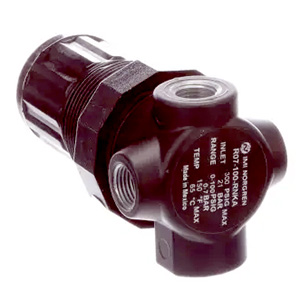
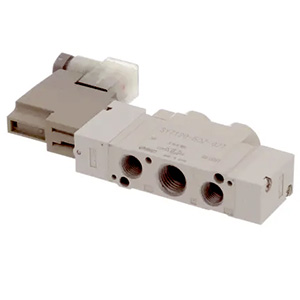
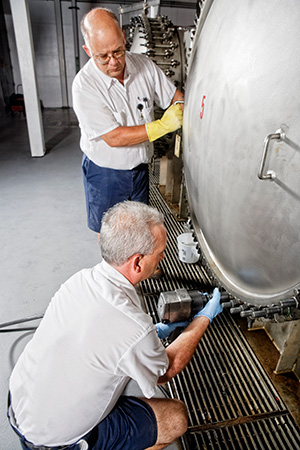
If there are leaks, pressure can be compromised and sometimes compressors will run constantly to keep up with pressure demands. A leak detection and repair program should be an important tool in managing the maintenance and operation of any pneumatic system.
“It also requires a moderate amount of electricity to power the air compressors in your facility. Occasional leaks will occur throughout your plant floor and reduce the system efficiency, but leaking air is safe, unlike hydraulic oil, which can be a fire hazard or cause serious damage to equipment if leaked.”
Pneumatics Versus Other Power Sources
Pneumatics aren’t the only choice when designing a control system. Engineers must weigh the merit of using pneumatics for a specific application (such as actuation or control) against other choices, usually hydraulics, electro-mechanical and other fluids and means of power sources for industrial control.
“The major difference between hydraulics and pneumatics as a working fluid in control systems is the media used,” says Horvath. “Hydraulic systems use oil, while pneumatics use compressed air. Air can’t be compressed to the extent hydraulic oil can. The hydraulic oil’s properties allow power to be delivered to an actuator with greater accuracy. And hydraulic systems are generally more powerful than pneumatic systems. They are commonly used for things like cranes or industrial drills, as well as operations that require greater fluid power to actuate and drive them.”
Hydraulics commonly perform similar functions as pneumatic systems in applications such as offshore drilling, mining, construction and other tasks with greater loads, weight and power.
But performance is not the only consideration. Electromechanical actuation, for example, is quite precise and useful, but it is also more costly than pneumatic power.
“When comparing pneumatics and electric actuation, cost is a major consideration,” says Horvath. “When electric actuation was in its infancy, there were limited options to choose from. The average cost of an electric actuator was roughly three times that of a pneumatic actuator. The main advantage of using an electric actuator was the repeatable accuracy it could achieve. Rarely did the manufacturing community accept the tradeoff of the cost versus performance comparison to achieve automated solutions.”
Horvath adds that pneumatics is an inexpensive means to automate, though it can be less reliable when it comes to intermittent and sudden stopping. However, modern end-position sensors are now helping mitigate this issue with pneumatics.
“Lightweight loads, fast speeds and acceptable accuracy help pneumatics in many everyday applications be more than sufficient to achieve required results,” he says. “Electronic feedback sensors have begun to be implemented with air cylinders to successfully enable precise stopping.”
A Reasonable and Cost-Effective Solution
The utility of compressed air, when properly maintained, can provide a notable benefit for plant design. While pneumatic controls, fittings and other accessories may not be as suited to some applications, they are a reasonable and cost-effective option. They will likely become even more important as IIoT adds to its steady momentum and industrial operations seek better, more agile solutions to create productivity.
IMI Norgren Air Prep
For More Information:
- RS Pneumatics Product Hub
- Fittings: SMC (KQ2 Series)
- Solenoid Valves: SMC (SY Series)
- Actuators: Festo (DSNU Series)
- Pneumatic Solutions from RS
Coming Soon:
- 8/27 – Pneumatics II: The Strategic Use of Pneumatics in Industrial Applications
- 9/3 – Pneumatics III: Pneumatics Today and the Pneumatics Horizon in Industrial
